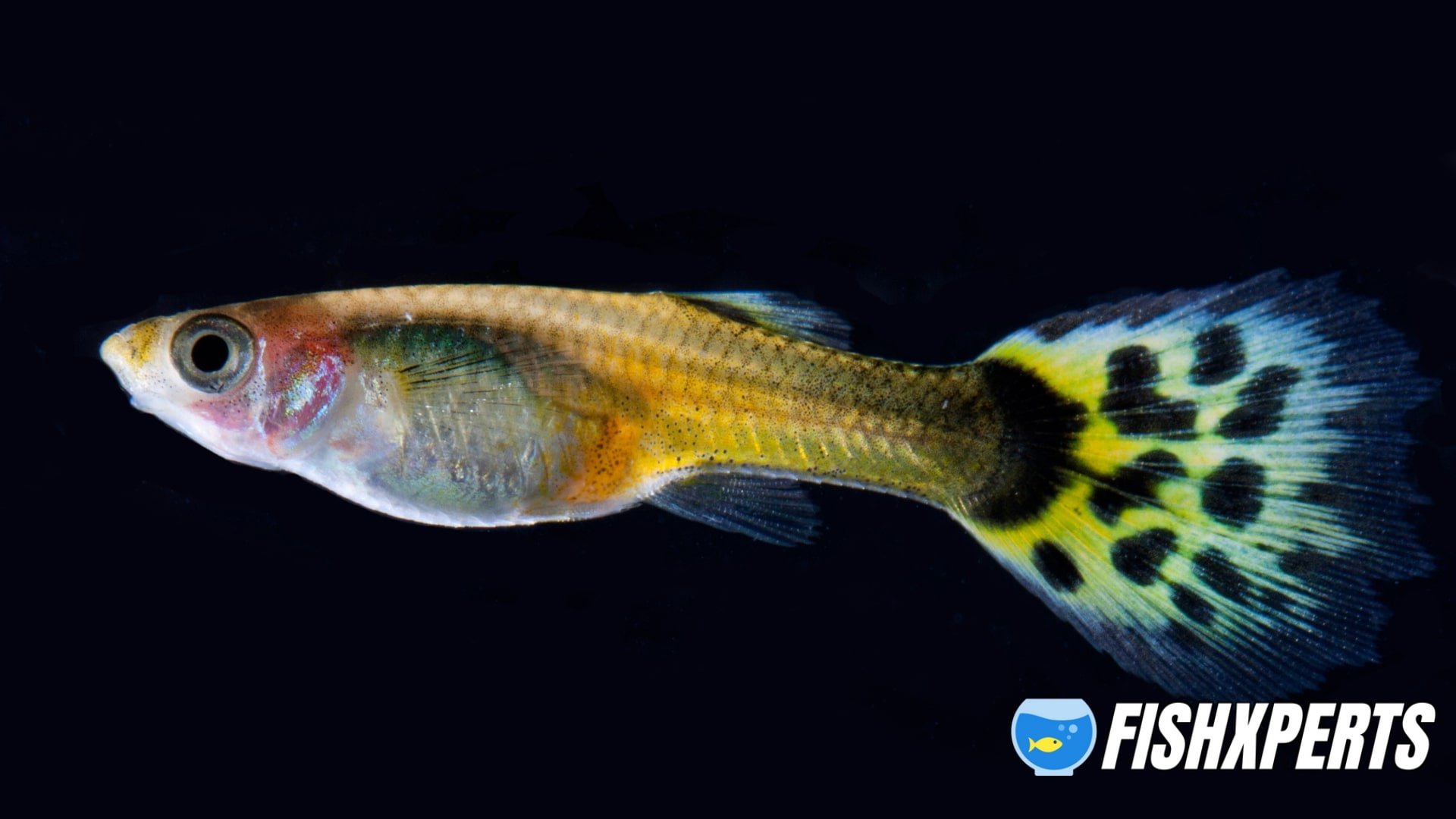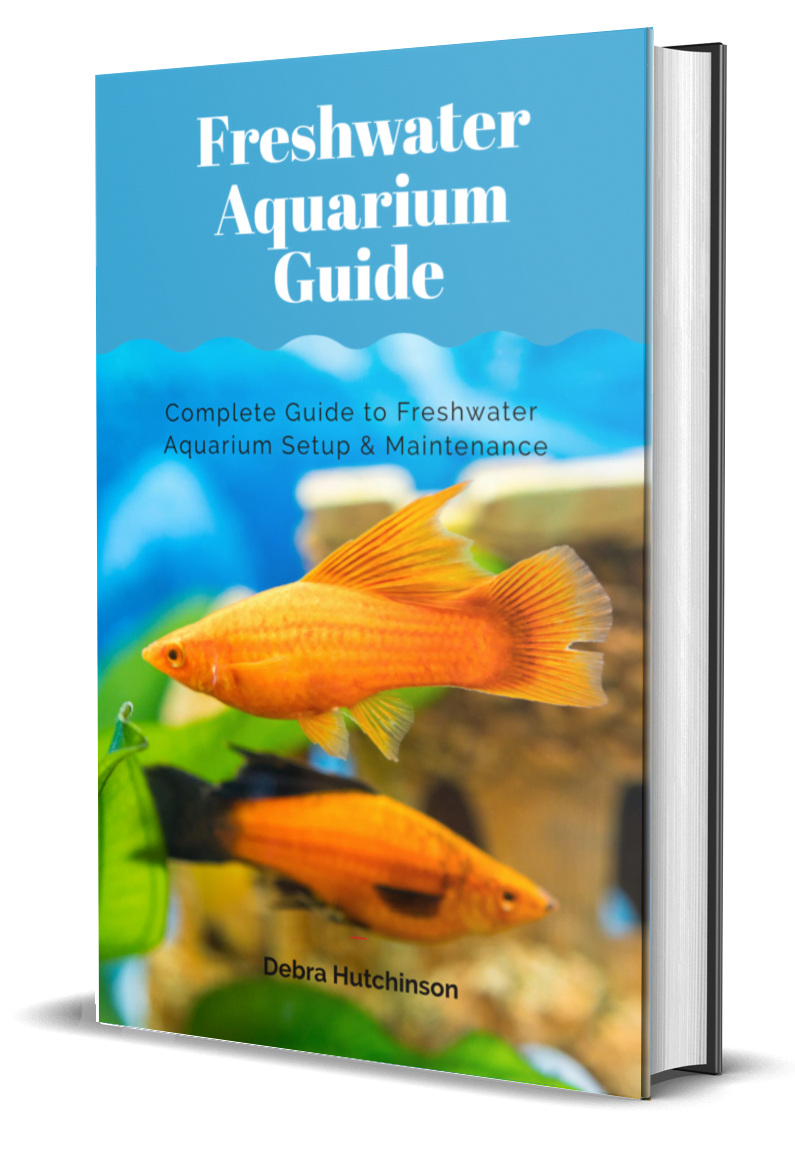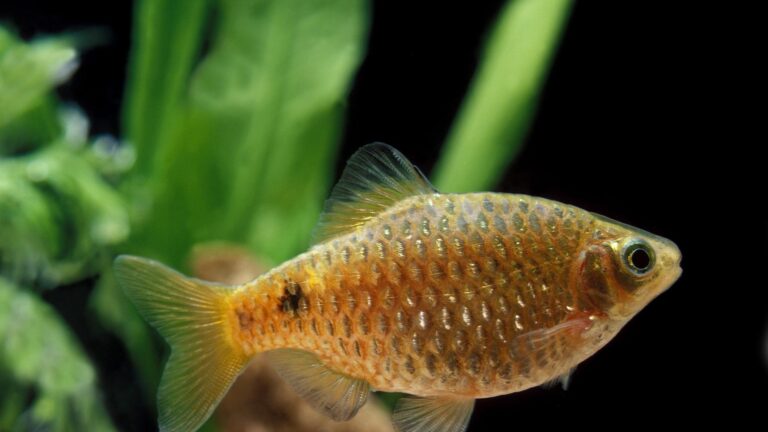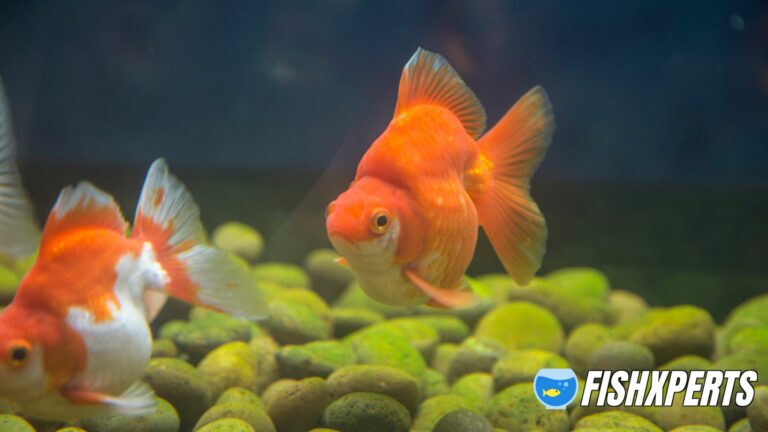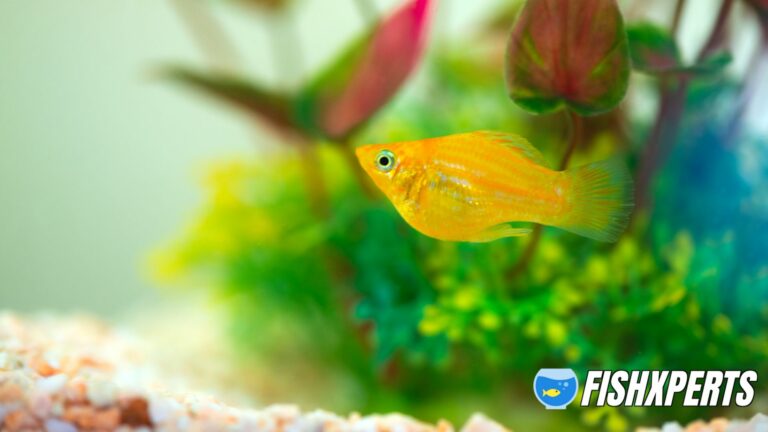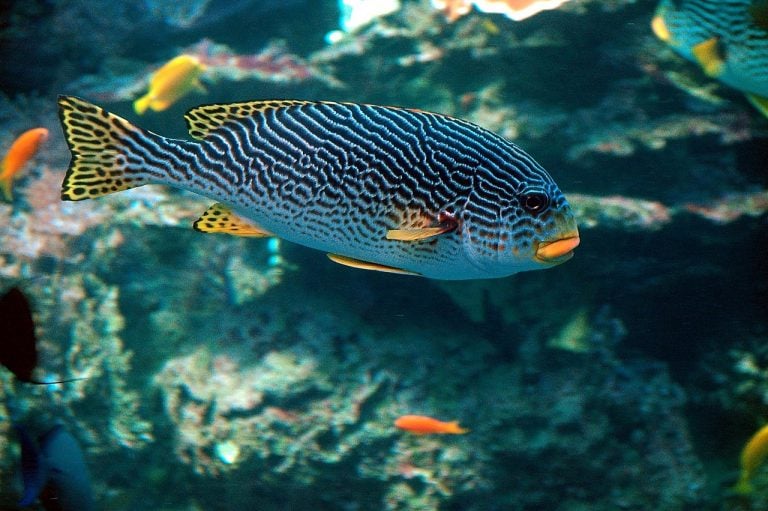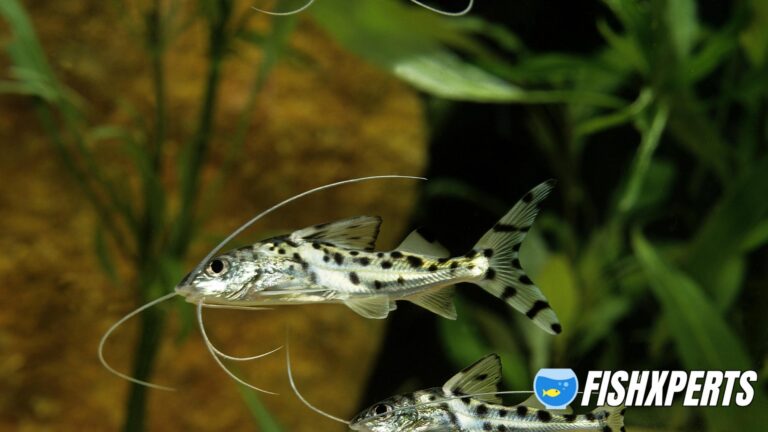Guppy Fish Care
Overview
The guppy fish is one of the most popular aquarium fish in the world. They are relatively easy to care for and are very colorful, making them a great addition to any home aquarium. Guppies are also known as millionfish and rainbow fish.
Guppies are native to tropical and subtropical regions of South America and the Caribbean. They are live-bearing fish, meaning they give birth to live young. Guppies are not born with their bright colors, they develop them as they mature.
Males and females guppies can be distinguished by their appearance. Males are usually smaller than females and have much longer fins. Females are typically larger and have shorter fins.
Guppies are omnivorous and will eat a variety of foods, including flakes, pellets, and live foods. They should be fed multiple times a day in small amounts.
Guppies are social creatures and do best when kept in groups. A 10 gallon aquarium is the minimum size recommended for keeping guppies.
If you are thinking of adding guppies to your home aquarium, be sure to do your research to ensure they are the right fish for you.
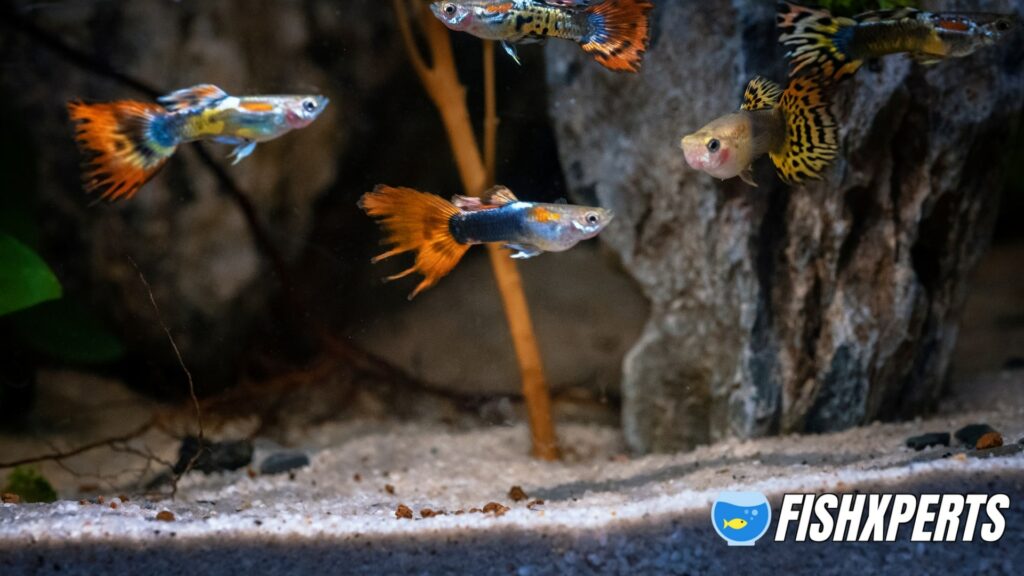
Guppy Fish Care Tips In Brief
- Guppy fish are relatively easy to care for, making them a popular choice for beginner fishkeepers.
- They are small, hardy, and come in a variety of colors and patterns.
- Guppies do best in an aquarium with plenty of live plants and hiding places.
- A group of at least six guppies should be kept together.
- Guppies are omnivorous and will eat a variety of foods, but should be given a high-quality flake or pellet food as their main diet.
- Guppies are live-bearing fish and will give birth to live fry.
Lifespan
Guppies have a lifespan of 2 to 3 years. However, in captivity, they can live up to 5 years with proper care. In the wild, their lifespan is shorter due to predation and other risks.
Guppies are relatively easy to care for and can be kept in a home aquarium. They are a hardy fish and can tolerate a wide range of water conditions. However, to ensure a long lifespan, it is important to provide them with clean water and a healthy diet.
Appearance
Guppies are one of the most brightly colored freshwater fish and are known for their wide array of colors and patterns. Guppies are typically small fish, ranging from 1.5 to 3 inches in length, but they can vary greatly in size and color.
The most common colors are blue, green, yellow, and orange, but they can also be white, black, or red. Guppies have a lifespan of 2 to 3 years and can reach sexual maturity at just 4 to 6 weeks old.
Guppies are livebearers, meaning they give birth to live young instead of laying eggs. Guppy fry (baby guppies) are born fully-formed and are able to swim and feed on their own. Guppy fry are typically very small, only about 1/4 inch long, but they grow quickly and can reach full size in just a few months.
Guppies are gentle fish and can be kept with other peaceful freshwater fish. They are not aggressive and will not bother other fish in the tank. Guppies are also known to be good jumpers, so it is important to have a tight-fitting lid on your aquarium to prevent them from escaping.
Different Types Of Guppies
Guppy fish come in a wide variety of colors and patterns. There are three main types of guppy fish: fancy guppies, feeder guppies, and wild-type guppies.
Fancy Guppies:
Fancy guppies are the most popular type of guppy fish. They are bred for their bright colors and patterns and are the most widely available type of guppy fish. Fancy guppies are usually more expensive than other types of guppies.
Feeder Guppies:
Feeder guppies are the second most popular type of guppy fish. They are bred for their hardiness and are often used as food for other aquarium fish. Feeder guppies are typically less expensive than fancy guppies.
Wild-Type Guppies:
Wild-type guppies are the least popular type of guppy fish. They are not bred for their color or pattern and are not as widely available as other types of guppies. Wild-type guppies are typically the most expensive type of guppy fish.
Average Size
The average size of a guppy fish is about 2.5 inches. However, some guppy fish can grow up to 3 inches. The size of a guppy fish is determined by its age, genes, and environment. For example, if a guppy fish is kept in a tank that is too small, it will not have enough room to swim and grow to its full potential size.
Behavior & Temperament
Guppies are peaceful fish that can get along with most other tank mates. They are active and playful, and make a great addition to any community aquarium.
Guppies are social fish and do best when kept in groups. They are known to be very active and playful, and make a great addition to any community aquarium.
While guppies are generally peaceful fish, they can be nippy towards each other if they are not kept in large enough groups. It is important to provide plenty of hiding places and swimming space for guppies, as they can become stressed if they feel crowded.
Guppies are relatively easy to care for and make a great choice for beginner fishkeepers. With proper care, guppies can live for 2-3 years in the home aquarium.
Tank Setup & Size
When it comes to setting up a tank for guppy fish, there are a few key things to keep in mind. First, the size of the tank is important. Guppies are relatively small fish, so they don’t need a large tank. A 20-gallon tank is typically sufficient.
Second, the tank should be set up with plenty of hiding places and plants. Guppies are timid fish and they like to have places to hide. live plants are also important because they help to oxygenate the water and provide a place for the fish to graze.
Finally, it’s important to choose the right tank mates for guppies. They are peaceful fish, so they do well with other peaceful fish such as mollies, platies, and swordtails. Avoid aggressive fish such as cichlids and barbs.
Water Parameters
Aquarium water quality is extremely important to the health of your fish. In order to maintain a healthy environment, it is important to regularly test the water parameters and make adjustments as needed. The most important water parameters for guppy fish are pH, ammonia, nitrite, and nitrate.
pH
The pH of your aquarium water should be between 6.5 and 7.5. Guppy fish are relatively tolerant of a wide range of pH levels, but they prefer slightly acidic water. If the pH of your aquarium water is too high or too low, it can cause stress and health problems for your fish.
Ammonia
Ammonia is a toxic substance that is produced by the decomposition of fish waste and uneaten food. Ammonia levels should be kept at 0 ppm (parts per million). If the ammonia levels in your aquarium are too high, it can cause stress and health problems for your fish.
Nitrite
Nitrite is a toxic substance that is produced by the decomposition of fish waste and uneaten food. Nitrite levels should be kept at 0 ppm. If the nitrite levels in your aquarium are too high, it can cause stress and health problems for your fish.
Nitrate
Nitrate is a substance that is produced by the decomposition of fish waste and uneaten food. Nitrate levels should be kept below 20 ppm. If the nitrate levels in your aquarium are too high, it can cause algae growth and health problems for your fish.
Filtration for Guppies
Guppies are relatively tolerant of a wide range of water conditions, but they prefer clean water and will thrive in an aquarium with a good filtration system. There are a number of different types of filters available on the market, and the type of filter you choose will depend on the size of your aquarium and the number of fish you have.
Canister filters are a good option for larger aquariums, while hang-on-back filters are a good choice for smaller tanks. Both types of filters will do a good job of keeping your aquarium water clean and clear.
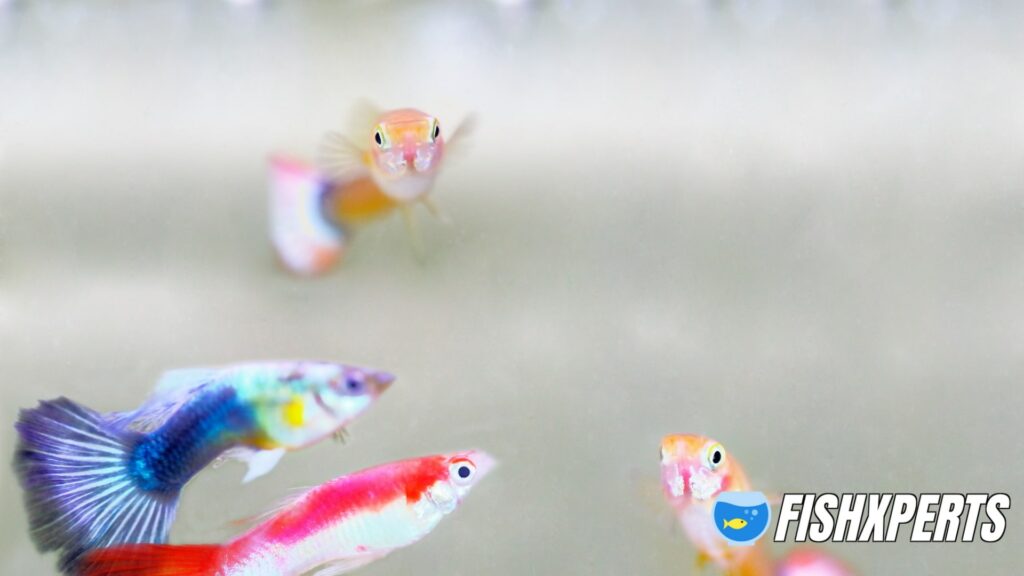
If you have a lot of plants in your aquarium, you may want to consider a powerhead filter. Powerhead filters are designed to circulate water and help keep plants healthy.
No matter what type of filter you choose, be sure to keep it clean and replace the filter media on a regular basis. By keeping your filter clean and your aquarium water well-filtered, you’ll be sure to have a happy and healthy environment for your guppy fish.
Lighting for Guppies
One important aspect of guppy care is providing the right type of lighting.
Guppies need light to help them see and navigate their environment. They also need light for their health. Proper lighting can help prevent health problems and make your guppies happier and more active.
There are a few things to keep in mind when choosing lighting for your guppy tank. First, you need to provide enough light for the entire tank. Guppies are not shy fish and they like to swim in open areas. A good rule of thumb is to provide at least 2 watts of light per gallon of water.
Second, you need to choose a light that will not produce too much heat. Guppies are tropical fish and they prefer water that is between 72 and 82 degrees Fahrenheit. A light that produces too much heat can make the water too warm for your guppies and cause health problems.
Finally, you need to choose a light that will provide the right type of light for your plants. If you have live plants in your guppy tank, they will need a light that is high in the color spectrum, such as full spectrum LED lights. This type of light will help your plants grow and stay healthy.
When choosing lighting for your guppy tank, it is important to keep these factors in mind. By providing the right type of light, you can help your guppies stay healthy and happy.
Plants and Decorations for your Guppies
When it comes to plants and decorations for your guppy fish tank, there are a few things to keep in mind. First, guppies are tropical fish, so they prefer warm water. That means you’ll need to use plants and decorations that can withstand high temperatures.
Second, guppies are known to be nibblers. They’ll often nibble on plants, so it’s important to choose plants that are tough and can withstand a little bit of nibbling.
Finally, guppies are also known to be jumpers. They can jump out of the water, so it’s important to choose plants and decorations that won’t be easily knocked over.
With those things in mind, here are a few plants and decorations that are perfect for your guppy fish tank:
1. Java Fern: Java fern is a tough plant that can withstand high temperatures and a little bit of nibbling. It’s also a low-maintenance plant, so it’s perfect for beginner aquarists.
2. Anubias: Anubias is another tough plant that can withstand high temperatures and nibbling. It’s also a low-maintenance plant, making it perfect for beginner aquarists.
3. Moss Balls: Moss balls are perfect for guppy fish tanks because they’re not easily knocked over and they provide a hiding place for guppies.
4. Driftwood: Driftwood is a great way to add some decoration to your guppy fish tank. It also provides a hiding place for guppies and helps to maintain the water’s pH levels.
5. Rocks: Rocks are another great way to decorate your guppy fish tank. They can also help to maintain the water’s pH levels.
6. Live Plants: Live plants are a great way to add some greenery to your guppy fish tank. They also provide a natural source of food for your guppies.
7. Artificial Plants: Artificial plants are a great option if you don’t want to deal with the maintenance of live plants. They’re also less likely to be nibbled on by guppies.
8. Gravel: Gravel is a great way to add some color and decoration to your guppy fish tank. It also helps to keep the water’s pH levels in check.
9. Sand: Sand is another great way to add some decoration to your guppy fish tank. It’s also a great substrate for live plants.
10. Tank Decorations: Tank decorations are a great way to personalize your guppy fish tank. There are a variety of decorations available, so you can choose the ones that best suit your personal style.
What’s the Best Substrate for Guppies?
There are a variety of substrates available for purchase, but not all of them are ideal for guppies. A good substrate for guppies should be soft and sandy, with a neutral pH. It should also be easy to clean and maintain.
One of the best substrates for guppies is Fluval Stratum. This substrate is made of natural clay and is ideal for replicating a guppy’s natural habitat. It is soft and sandy, with a neutral pH, and is easy to clean and maintain.
Another good substrate for guppies is Aqua Soil Amazonia. This substrate is also made of natural clay and is ideal for replicating a guppy’s natural habitat. It is soft and sandy, with a neutral pH, and is easy to clean and maintain.
If you are looking for a substrate that is both aesthetically pleasing and functional, then either of these two substrates would be a great choice for your guppy tank.
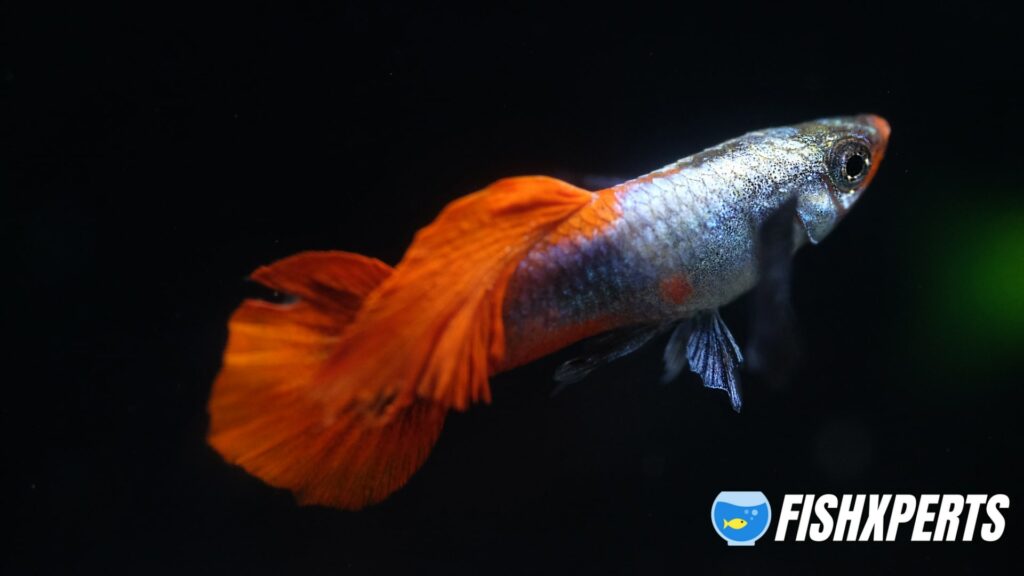
Guppy Fish: Interesting Facts & Stats
- Guppies are one of the most popular freshwater aquarium fish
- They are relatively easy to care for and can thrive in a wide range of conditions
- Guppies are livebearers, meaning they give birth to live young rather than laying eggs
- Guppies can reproduce at a very young age and can have multiple litters per year
- Guppies are omnivorous and will eat a wide variety of foods, but should have a diet that is high in protein
- Guppies can grow to be 2-4 inches in length
- The average lifespan of a guppy is 2-3 years, but some can live up to 5 years
- Guppies are available in a wide variety of colors and patterns
What is the Best Mix of Males and Females?
When it comes to stocking a guppy fish tank, many aquarists debate over what is the best mix of males and females. While there is no clear consensus, there are a few things to consider when making your decision.
Some believe that a 1:1 ratio of males to females is ideal, as this allows for the most even distribution of reproductive responsibilities. Others believe that a 2:1 ratio of males to females is ideal, as this gives the males a little more breathing room and prevents over-crowding.
Still, others believe that it is best to have more females than males, as males can be aggressive and territorial. This is especially true if you are keeping multiple males in the same tank.
Ultimately, the decision of what is the best mix of males and females comes down to personal preference and the specific needs of your fish tank.
How many guppies should be kept together?
- As a rule of thumb, it is generally recommended to keep at least 5-6 guppies together in a tank. This allows them to have adequate social interaction with one another and also provides them with some degree of protection in case of aggression from other tank mates.
- If you are keeping a larger tank, you can certainly keep more guppies together. Just be sure to provide them with plenty of hiding places and plenty of room to swim.
- It is also important to note that male and female guppies should be kept in separate tanks. This is because male guppies can be quite aggressive towards females, especially during mating season.
Common Possible Diseases
Guppies are susceptible to a number of diseases, many of which are common to other freshwater fish. Some of the more common diseases include:
Ich: Also known as white spot disease, ich is a parasitic infection that causes white spots to form on the skin of affected fish. It is one of the most common diseases in freshwater fish and can be fatal if left untreated.
Gill Flukes: Gill flukes are parasitic flatworms that attach themselves to the gills of fish, causing irritation and inflammation. Gill flukes are a common cause of respiratory distress in fish and can be fatal if left untreated.
Columnaris: Also known as cottonmouth disease, columnaris is a bacterial infection that affects the skin and mucous membranes of fish. Columnaris is a common cause of death in fish and can be difficult to treat.
Fin Rot: Fin rot is a bacterial infection that causes the fins of fish to rot and disintegrate. It is a common disease in freshwater fish and can be fatal if left untreated.
Velvet Disease: Velvet disease is a parasitic infection that causes a velvet-like growth on the skin of affected fish. Velvet disease is a common cause of death in fish and can be difficult to treat.
If you suspect your fish are sick, it is important to seek treatment from a qualified veterinarian or fish health specialist. Early diagnosis and treatment is often the key to successful treatment of fish diseases.
Food & Diet
Guppies are Omnivorous and will eat most anything.
In the wild, Guppies feed on a variety of small insects, crustaceans, and other organic matter. In the aquarium, they will readily accept most sinking pellets and flake foods, as well as live, frozen, and freeze-dried foods.
A well-balanced diet is important for the health of your Guppies. Be sure to offer a variety of foods to ensure they are getting all the nutrients they need.
Tank Mates
Guppies are social fish that enjoy the company of other fish. When choosing tank mates for your guppy, it is important to consider the size, temperament, and compatibility of the other fish.
Some good tank mates for guppies include:
- Tetras
- Barbs
- Danios
- Platies
- Mollies
It is also important to provide plenty of hiding places and vegetation in the tank, as guppies are timid fish that can be easily stressed.
Breeding & Mating
Guppies are live-bearing fish, meaning they give birth to live young. The female guppy will drop her fry (baby guppies) anywhere from 10 to 100 at a time, depending on her size and age. Guppies breed frequently and easily, so it is common for fishkeepers to end up with more fish than they started with!
To encourage breeding, keep a ratio of two or three males to every female in your tank. The males will compete for the attention of the females, and this competition will result in healthier and more vibrant offspring.
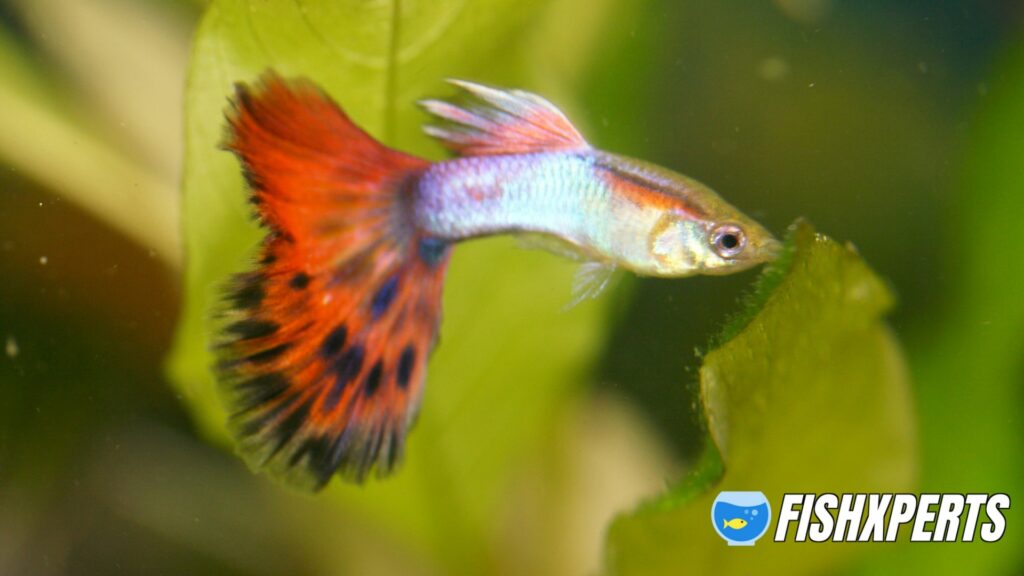
Guppies can be bred in captivity, and the fry (baby guppies) can be raised in a separate tank. If you choose to do this, be sure to remove the parents from the fry tank once the babies are born, as the adults will eat them.
To encourage your guppies to mate, provide them with plenty of hiding places and plenty of live plants. Live plants are not only good for the environment of your tank, but they also provide the guppies with places to hide and feel safe. Guppies will mate more frequently when they feel safe and secure.
FAQ
What do guppies like in their tank?
Guppies are relatively easy to care for and make great beginner fish. They do well in a variety of tank setups and can be kept with a variety of other peaceful fish.
Guppies prefer a tank with plenty of plants and hiding spots. They are not particularly fussy about water conditions and can tolerate a range of pH levels and water hardness. Guppies are social creatures and do best in groups of at least six.
Can you keep 1 guppy in a tank?
It is possible to keep just one guppy in a tank, but it is not recommended. Guppies are social creatures that do best in groups.
A single guppy will be much less active and can become stressed in a tank by itself. It is also more likely to become prey for other fish in the tank. If you do keep just one guppy, be sure to provide it with plenty of hiding places and a tank mates that are much larger.
Can guppy live without air pump?
No, guppies cannot live without an air pump. They need the oxygen that the air pump provides in order to survive.
How often should I change my guppies water?
It is generally recommended to change 20-25% of the water in your guppy tank every week.
Do guppy fish need sunlight?
Guppy fish do not need sunlight to thrive, but they do benefit from being exposed to sunlight. Sunlight helps bring out the colors in their scales and makes them more active. If you keep your guppy fish in an aquarium, you can provide them with artificial light that simulates sunlight.
Can I keep 2 male guppies together?
Yes, you can keep two male guppies together. Guppies are social creatures and do best when kept in groups. However, it is important to note that male guppies can be aggressive towards each other, so it is important to provide plenty of hiding places and keep an eye on them to make sure they are getting along.
What is the lifespan of guppy fish?
The average lifespan of a guppy fish is 2 to 3 years. However, some guppy fish have been known to live up to 5 years in captivity.
How do I know if my guppy is happy?
There are a few key behaviors to look for when trying to determine if your guppy is happy. First, observe if your guppy is swimming around actively and exploring its environment. If your guppy is hiding or lethargic, this could be a sign of stress.
Secondly, look at your guppy’s fins and tail. If they are frayed or torn, this could be a sign of poor water quality or aggression from other fish. Finally, observe your guppy’s eating habits. If your guppy is eating regularly and has a healthy appetite, this is a good sign that it is happy and healthy.
Do guppies like tap water?
No, guppies do not like tap water. In fact, they much prefer filtered or spring water. The chlorine in tap water can be harmful to guppies, so it’s important to use a water filter if you plan on keeping them in your aquarium.
Final Thoughts
If you’re looking for a low-maintenance fish that is relatively easy to care for, then guppies are a good option. They are also a good choice if you’re looking for a fish that is relatively easy to breed. However, you should be aware that guppies are not the best option if you’re looking for a fish that will live for a long time.
Topics Covered

